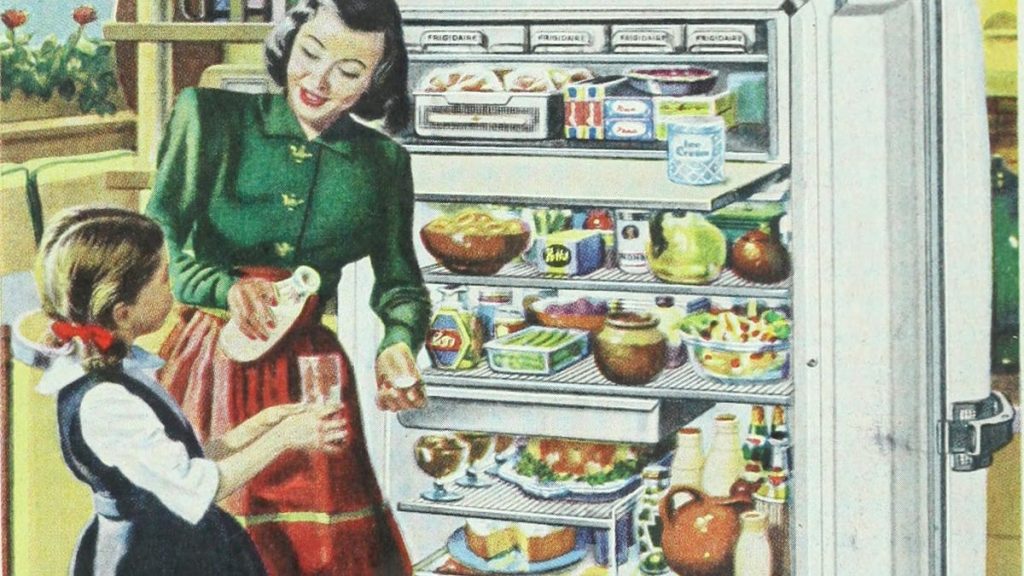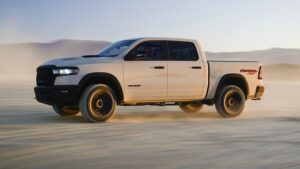This Story About How Car Companies Used to Build Appliances Is Pretty Cool

Car companies have always been fairly diverse in what they build. Chrysler built Redstone rockets for both America’s nuclear defense program and space program in the late 1940s and ’50s, for instance, and to this day Volkswagen proudly produces more currywurst sausages than cars.
But there was a time when automakers took their knowledge of building big complex consumer goods and applied it to a whole new market: home appliances. The Drive has a fantastic look at this strange corner of American automotive history, and I highly recommend you read it for a good dose of facts and nostalgia. The Drive takes us all the way back to 1918, when GM founder William Durant bought the first company to ever build what we’d recognize as a refrigerator:
To get the full picture, we have to rewind back to 1918, when GM founder William Durant personally invested in the faltering Guardian Frigerator Company, which had produced the world’s first refrigerator cabinet a few years earlier but failed to make any money off it. Durant renamed the business Frigidaire, then used his stake to engineer a sale of it to General Motors shortly thereafter, and Frigidaire became a full subsidiary in 1926. Frigidaire’s association with GM allowed it to borrow similar mass-production techniques that were revolutionizing the auto industry, with sales growing and prices falling as a result. The company emerged as a major innovator, pioneering new features and layouts, and the name “Frigidaire’’ soon became a generic term to describe all refrigerators, regardless of brand. (Think Kleenex or Band-Aid.)
The Chrysler Corporation’s foray into refrigeration started at a much larger scale, during Walter P. Chrysler’s construction of the new Chrysler Building in New York City in the late 1920s. Unsatisfied with existing commercial air-conditioning equipment, he tasked company engineers with finding a better solution to cool what was briefly the world’s tallest skyscraper. Eventually, their efforts led to the Airtemp Corporation, incorporated in 1934 and then reabsorbed into Chrysler in 1938. Airtemp branched out to railcar air conditioners and other HVAC equipment, later on moving into the residential air conditioning business as demand grew in the postwar period.
Then there was Nash Motors, which eventually became AMC and a real force in the home kitchen through its Kelvinator line of appliances. In the late 1930s, founder Charles Nash was looking to retire and wanted a man named George W. Mason to take over for him. However, Mason refused to leave his role as president of the Kelvinator Corporation. Established in 1916 and named in honor of British scientist Lord Kelvin, Kelvinator started out by producing separate electric cooling units to retrofit into existing iceboxes, before producing the industry’s first entirely self-contained refrigerator in 1926. Unable to pry George Mason away, Charles Nash agreed to merge their two companies in 1936 if Mason would take charge of both. Thus, Nash-Kelvinator was created, and the prewar auto-appliance alliance boom was on.
The mad dash for post war dollars and the development of air conditioning for cars pushed more automakers into the appliances game in America. International Harvester and Crosley also began making appliances, with very different outcomes (IH gave up on appliances and Crosley gave up on cars.)
Check out the original report over at the Drive for a fun and interesting trip back in time.





